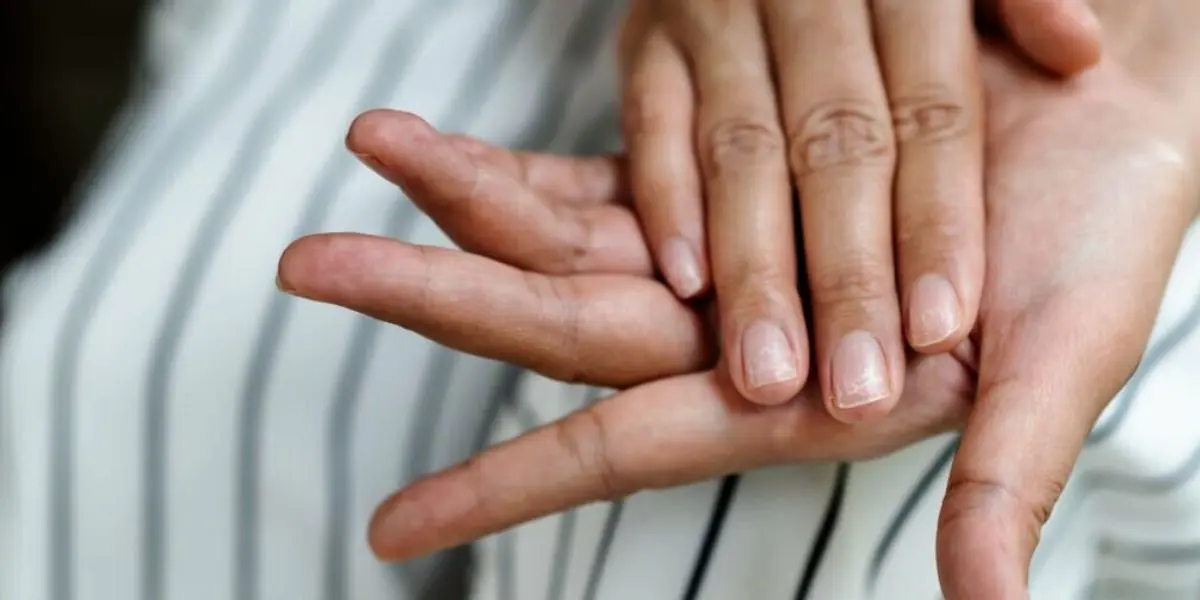Not everyone looks good with a skin haircut, most people cherish full natural curly hair but sometimes they experience hair loss and are intrigued, seeking for solutions here and there that might prove abortive.
The best solution to any problem is finding the cause and giving the appropriate treatments. So, if some part of your hair starts falling off, it might not be as critical as you imagine, it could be a condition called alopecia areata. This article will broadly explain what alopecia areata is, the causes, and how to stop it from spreading.
What Is Alopecia Areata?
Alopecia areata is an autoimmune disorder that leads to hair loss on the scalp of hair leaving behind noticeable patches or spots. The immune system attacks hair follicles because it assumes they are antibodies like bacteria, viruses, fungi, or parasites that can cause infection, illness, and disease.
“Alopecia” is a medical term for hair which means loss or baldness and “areata” means that it occurs in small random areas. This disease affects approximately 6.8 million people in the United States and 147 million people worldwide.
Alopecia can affect anyone no matter the age, gender, or race, in most cases it can develop before the age of 30.
Alopecia is diagnosed differently, if there’s hair loss on the entire body, the condition is called alopecia universalis. If there’s a total loss of hair on the scalp it is diagnosed alopecia totalis. If your hair is thinning instead of falling out in patches, this is called Diffuse Alopecia areata. When you’ve lost a band of hair on the bottom back sides of your scalp this is called Ophiasis Alopecia Areata.
Alopecia currently has no cure, the effective method of combating this disease is through treatment which can be given as local injections, topical ointment application, or orally.
Alopecia areata does not necessarily make people sick, nor is it contagious. It can only cause emotional inconvenience.
What Causes Alopecia Areata?
This condition comes up when white blood cells attack the cells in hair follicles, causing them to shrink while slowing down hair production drastically. The exact cause of the body’s immune system targeting hair follicles is presently unknown.
Although scientists do not fully comprehend why these changes take place, from their research and findings, they disclosed that genetics are involved because alopecia areata is common for a person who has a close family member with the disease. From their observation, one in five people with the disease has a family member who has also developed alopecia areata.

Symptoms Of Alopecia Areata
The symptoms of Alopecia areata include:
- Patches of hair loss, including your scalp, facial hair, eyebrows, eyelashes, and body hair.
- Nail pitting.
- Itching on the patch.
- Change of patch color.
- Display of mouth-like openings in your hair opening.
- Growth of white hairs.
- A blackish dot is visible in the follicular ostia.
Treatments Of Alopecia Areata
Alopecia areata has no cure, there reliable treatments to be given that can help with hair regrowth. The kind of treatment doctors recommend will depend on:
- Type or form of hair loss
- The severity of hair loss
- Your age
- The treatment you’ve used already
- If you also have skin conditions like eczema
Since all treatment does not work for everyone, it can take trial and error to get the right treatment. The targeted objective is often two which are:
- Block the immune system attack
- Stimulate hair regrowth.
All treatments given are not cures because if you stop treatment, the symptoms will return and the disease will worsen.
How To Stop Alopecia From Spreading?
There has been ongoing research on animals that shows that quercetin, a naturally occurring bioflavonoid found in fruits and vegetables, can protect against the development of alopecia areata and treat existing hair loss effectively, although more research is still ongoing for more clarification. There are other effective methods to prevent the spread of alopecia areata and they are listed below:
- Changing certain lifestyles like putting an end to smoking, reducing stress, and making sure to consume food that has vitamin A, vitamin D, Zinc, Iron, folate, and vitamin E.
- Use corticosteroids combined with other topical steroid creams for hair loss to treat patchy area alopecia areata.
- During the early stage of alopecia areata, use minoxidil for quick prevention of spreading.
- Immunotherapy can stop the spreading of alopecia areata and start regrowth of hairs in the spot.
- Use low light therapy which is very effective.
- Janus kinase (JAK) inhibitors reverse the autoimmune attack, enhancing the regrowth of hairs.
Conclusion
You can regain your alopecia areata hair loss by following the guidelines above. Even though there’s no permanent cure for the illness, it can be treated and managed.